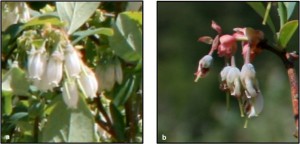
Flowers Impact Bee Foraging in Blueberries
Just in time for Pollinator Week, I wanted to share another update on our work on pollinators in blueberries. While …



Carteret County Center will be closed today, 07/04/2025 for the holiday. We're closed Fri 7/4 and back on Mon 7/7. We look forward to hearing your Carteret County concerns. Have a happy & safe 4th!

Extension and research at NC State address timely issues impacting our state. Extension delivers trusted information directly into the hands of farmers and agribusinesses, helping them translate knowledge into solutions that grow our economy and communities.
El inglés es el idioma de control de esta página. En la medida en que haya algún conflicto entre la traducción al inglés y la traducción, el inglés prevalece.
Al hacer clic en el enlace de traducción se activa un servicio de traducción gratuito para convertir la página al español. Al igual que con cualquier traducción por Internet, la conversión no es sensible al contexto y puede que no traduzca el texto en su significado original. NC State Extension no garantiza la exactitud del texto traducido. Por favor, tenga en cuenta que algunas aplicaciones y/o servicios pueden no funcionar como se espera cuando se traducen.
Inglês é o idioma de controle desta página. Na medida que haja algum conflito entre o texto original em Inglês e a tradução, o Inglês prevalece.
Ao clicar no link de tradução, um serviço gratuito de tradução será ativado para converter a página para o Português. Como em qualquer tradução pela internet, a conversão não é sensivel ao contexto e pode não ocorrer a tradução para o significado orginal. O serviço de Extensão da Carolina do Norte (NC State Extension) não garante a exatidão do texto traduzido. Por favor, observe que algumas funções ou serviços podem não funcionar como esperado após a tradução.
English is the controlling language of this page. To the extent there is any conflict between the English text and the translation, English controls.
Clicking on the translation link activates a free translation service to convert the page to Spanish. As with any Internet translation, the conversion is not context-sensitive and may not translate the text to its original meaning. NC State Extension does not guarantee the accuracy of the translated text. Please note that some applications and/or services may not function as expected when translated.
Collapse ▲
Just in time for Pollinator Week, I wanted to share another update on our work on pollinators in blueberries. While …
The US-EPA has renewed an emergency exemption use permit (Section 18) for the neonicotinoid dinotefuran for control of the …
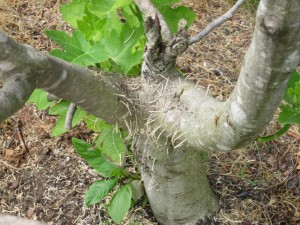
Damage from a cold winter can take a while to become apparent. During the summer, I often receive several …

A grower who recently started monitoring for grape root borer moths in their vineyard sent me images of moths …
Thrips have walloped our cotton over the past two weeks, moving in late compared to “average” years. From conversations …

I’ve been fielding a lot of calls concerning the effectiveness of acephate for thrips. Remember that our seed treatments …

I had a chance to scout some more cotton this week and it looks like numbers are picking up …

Blueberries and blackberries are getting close to ripening in North Carolina, and I have fielded a few questions from …
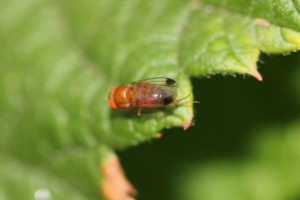
The eFly SWD Working Group has summarized their 2013 assessment of spotted wing drosophila (SWD) impacts in the eastern …

Tobacco growers often apply insecticides in the greenhouse or at transplant to preventatively manage populations of green peach aphids …

An updated version of the North Carolina Organic Blueberry IPM Guide is now available. The 2014 edition compliments NC …

As blueberry bloom nears its end in most of North Carolina, growers are starting to consider management of petal …

A few growers are starting to harvest strawberries in North Carolina, and as fruit ripen, now is the time …

As many part of North Carolina near transplant, now is the time when growers are also thinking about Tomato …

This year, we’ve begun a project to determine the frequency and significance of strawberry clipper damage in annual plasticulture …

The Apple Pest Management website was updated over the winter, and pest activity in western NC apple orchards will …

This afternoon, I’m heading to Duplin County to visit a group of muscadine grape growers and to talk about …

We wrote last fall about our surprise in finding, Chaetosiphon minor, in garden strawberries near our lab. Our continuing investigations …
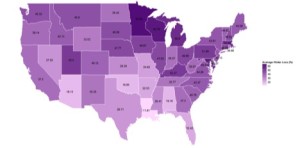
Answer: Another year, another survey, and the findings remain less than encouraging. It seems counter-intuitive that we don’t have a …

This publication discusses Anthracnose Fruit Rot (Colletotrichum sp.) of blueberries in detail. Included are the …

This factsheet for farmers describes concepts, terminology, and guidelines concerning soil sampling. Proper testing allows …
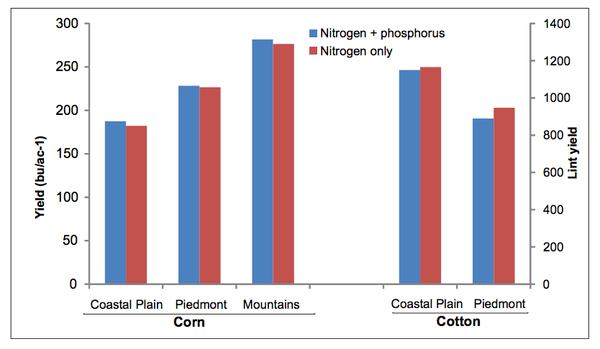
Phosphorus (P) is the second most important nutrient in crop production but is often found …
This factsheet summarizes the symptoms and management of stubby-root nematodes in soybean in North Carolina.
Lance nematode is not a common problem of soybeans, but can cause local damages in …
The reniform nematode is not a common nematode pressure for soybean growers in North Carolina, …

This soybean disease factsheet covers aerial web blight, a generally minor disease of soybean in …
This factsheet discusses bacterial blight of soybean in North Carolina.